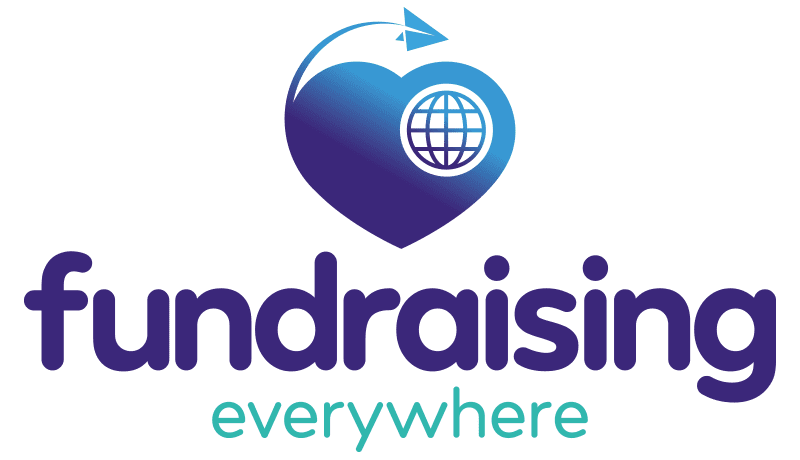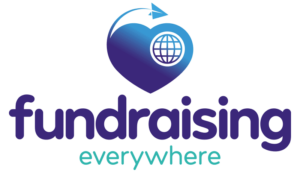You know that feeling? When you write to your mailing list and someone unsubscribes? Your stomach turns, your eyes water up, and for a brief moment you consider e-mailing them to ask, “Why don’t you love me anymore?”
But remember, good fundraising isn’t about making everyone care about you…it’s about caring for the few that do.
Unsubscribing isn’t necessarily a bad thing.
If the alternative is for someone to sit on your mailing list indefinitely, never engaging, never taking action, then wouldn’t you rather be rid of them? In fact, Jon Lloyd at Fundraising Is Awesome said recently, “you should think seriously about actively unsubscribing anyone who’s been inactive for 3 months or more.”
While you mull that over, here’s 4 ways you can reduce the chances of your active readers from unsubscribing:
Be Human
The more human your e-mail sounds and appears, the less likely we are to unsubscribe. Nobody unsubscribes from humans…we unsubscribe from organisations. You can do this by writing from an individual e-mail address as opposed to an ‘info’ or ‘fundraising’ address. Consider sending plain text e-mails sometimes, or at least reducing the bells, whistles, images and excessive formatting (please stop centring your text). Read the content out loud before you send it…if it doesn’t sound like the way you speak then change it.
Segment Your Data
Where possible, segment your data so you’re sending relevant content to relevant people. Or at least, suppressing people who have no interest in a particular mail. For example, I’m on the mailing list of a organisation because I went to their event in Dublin. I’m interested in future events taking place in Dublin. But they keep sending me e-mails about their events being run by their chapters in places like London and Yorkland and Sandwich-Upon-Time. The chances of me being there are slim to none. But if they do insist on trying to cross-sell me then they should tack it in as part of a mail I will be interested in: “Here’s the next Dublin event…and you might also be interested in these.” But instead they’re sending me mails wholly dedicated to non-local events. It just takes one of these irrelevant e-mails to nudge me to unsubscribe…and then I’m gone forever.
E-mail When You Have Something To Say
Rather than deciding to e-mail once a week or once a month and then scrambling to find content, consider keeping a more flexible schedule where you e-mail when you have good content. When you send out fluff to meet a deadline, you’re sending sub-standard e-mails that encourage unsubscribes. And if you don’t have enough good content then let’s work to gather and create more.
Offer Value
Always ask yourself, what value am I providing to the reader? Donor-centred and #DonorLove rules. If you’ve won an award or achieved something, consider why the reader should care. Try shifting the tone from “we have won an award” to “because of you we have won an award”, or even better, “your support has been recognised and we were privileged to pick up this award on behalf of you!”
You’d be forgiven for thinking that fundraising is all about asking for money.
But a good fundraiser knows that that’s actually only a small part of the job. The real time consuming stuff, and the really important stuff, is the things that happen before and after the asks. In fact, if you get really good at the ‘inbetween’ stuff, you start to see your asks get easier and your results get better.
And yet we neglect these things.
Why?
Because they don’t feel like fundraising.
But it’s a false economy. Making a bunch of cold calls and asking for money or gifts in kind feels like fundraising. Posting social media post after social media post asking for donations feels like fundraising. Organising a big gala ball or a golf classic even feels like fundraising because of all of the little transactions along the way.
But are they the best use of your time?
The best fundraisers I know carve time in their schedule for fundraising that doesn’t feel like fundraising. And if you want to see your results improve then perhaps ask less and do the following 8 things more:
- Conversations with Staff & Beneficiaries - We have nothing if we don’t have stories that demonstrate the work of our nonprofits. Someone once said to me that a fundraiser not collecting stories is like a sports writer not going to watch sport. So it’s important we make time to sit down with staff and beneficiaries (if possible) to ask them questions and build our story bank.
- Thank you letters and calls - By now we should all be subscribed to the ‘Ask, Thank, Report’ mentality, but how many times do we dismiss a thank you letter as a simple receipt? Actually, a thank you is one of our most important (and my favourite) fundraising tools. The better the thank you, the more likely you are to get further support. It shouldn’t just be read and then binned…it should be so amazing that the reader tells their friends and family.
- Asking Questions - Asking your supporters questions is a great way to find out more about your followers and to help them feel engaged. And actually, it’s a great bit of content when you can’t think of or don’t have time to write something new. Haven’t mailed your mailing list for a while? Try emailing them, “Hey! Just wondering if I can ask why you signed up in the first place?”
- Prospect Research and Cultivation - The more we know about our potential corporates and major donors the better our ask. Let’s move away from writing out our standard proposal and printing hundreds of copies. Instead let’s take the time to learn as much as possible and build that relationship to the point that our proposal is pretty much just a personalised confirmation.
- Teaching Volunteers to Fundraise - Your volunteers raise more when you teach them how to fundraise. They don’t sit at home thinking about fundraising, they don’t know what to suggest to their employer, they don’t know what to email to their family, and they don’t know what wording to use on their Facebook. A bit of encouragement and a bit of guidance goes a long way and is proven to help them raise more. Certainly worth the time it takes to make a quick phone call.
- Networking - Yes it sucks and you’ll probably feel really anxious at first. But networking doesn’t have to be a nightmare. It’s actually a great opportunity to meet people who share your values. People whose goals you can help achieve. And people who can help you. It’s no secret…the more people you know and the more people that want to help you, the easier fundraising (and life) is. So let’s get out there and start listening.
- Learning From Other Fundraisers - There’s only so much you can learn from fundraising courses and books. In fact, with some fundraising qualifications you don’t actually learn anything. No…most of our learnings come from other fundraisers. Why make the same mistake your peer made two years ago? Fundraisers are notoriously generous with their time and support and for the price of a cup of hot chocolate you can pick the brains of some of the world’s best.
- Self-Care - Fundraising is a tough job. One of the toughest. It’s mentally exhausting and emotionally draining. And it’s limitless…you can always be doing more. And your boss, your Board and your donors will take as much as you give them. The only person that can clock you off is you. So schedule time for self care, switch off your phone and do something that makes you forget about fundraising.




